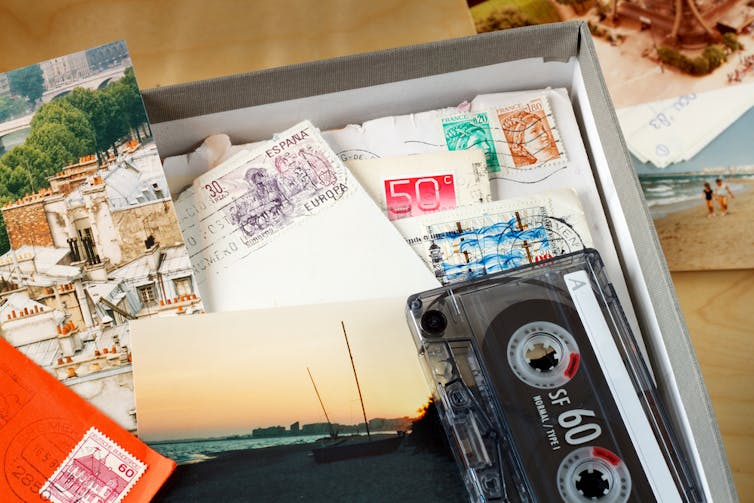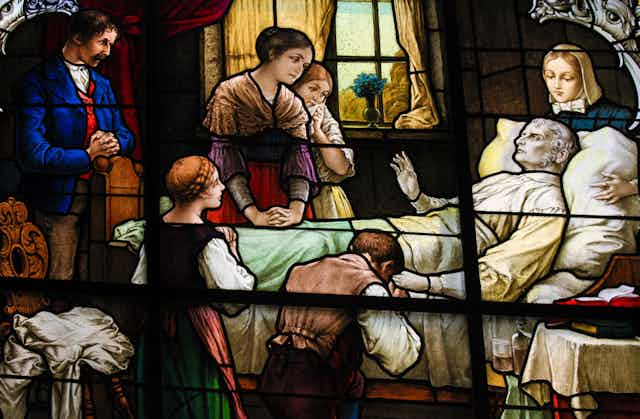When someone dies, it is common to mark their death with funeral rituals, but the idea of using a ritual to mark someone as they near the end of their life is less common. Yet rituals could provide succour to all involved at this difficult time.
Rituals help people to mark and make sense of the big life changes that we all go through, such as births, marriages and deaths. Rituals work when the people involved understand what is going on. For example, for a non-religious parent, it may make sense to have a secular baby-naming ceremony, rather than a religious christening or baptism to welcome their baby to the community.
Ritual is often thought of as actions that express shared meanings, such as lighting candles during a funeral ceremony. They could also be words or music, such as reading a poem or playing a favourite song. Rituals can help us deal with change, partly because of the shared understandings we have of the actions involved, but also because those ritual actions tend to be familiar to us. Using familiar words and actions in an unfamiliar situation can help us find our way through it.
We are used to thinking of funerals as being for the living. The funeral can be an opportunity for bereaved people to mourn, to share stories about the person who died and to come together with others who are grieving. Funeral ritual can help people to feel more in control when faced with a terrible loss.
The period of time when someone is dying, however, is viewed differently. The focus is on the dying person and on making sure that they receive the care they need. But ensuring that the person who is coming to the end of their life receives the best care does not mean that those who love them need to ignore their own welfare.
Gathering family and friends around the bed of a dying person is called keeping vigil. It is a common practice in many parts of the world. Traditional Xhosa healers in South Africa, for example, describe death as a collective matter. It is important for the family to be at the bedside to ensure a good death. Family presence allows the dying person to be at peace and to let their relatives know what they want for the family’s future. This doesn’t just benefit the dying person, but also helps family members, offering a chance to mend relationships.
Being with the dying person, whether sitting quietly or chatting, gives people the chance to say goodbye. It is also an opportunity to share the experience with other family members or friends, in much the same way that mourning is shared at a funeral. For some dying people and their families, music is used as a shared experience in the final hours.
Memory box
Memory boxes are another form of ritual that is becoming more common. Women in Uganda recently began the practice of creating a memory book or a memory box in order to share their life story and create a sense of belonging for their children after they had died.
A memory box can also be assembled by the family or friends of the dying person and doesn’t have to be intended for children. Such a box can hold mementos, photos, written notes, a CD, copied poems; anything, in fact, that can act as a reminder of the person.

Thinking about and discussing how to manage the end of life may be useful for both the dying person and their family and friends. The unknown is difficult to deal with so understanding that they are taking part in a ritual of accompaniment and leave-taking can help a family make sense of and mark the change that they are going through.
Death is about the biggest change any person will encounter, whether it is their own death or that of someone close to them. Using rituals that express shared meanings to help them feel more in control at a time of loss can only be a good thing.

